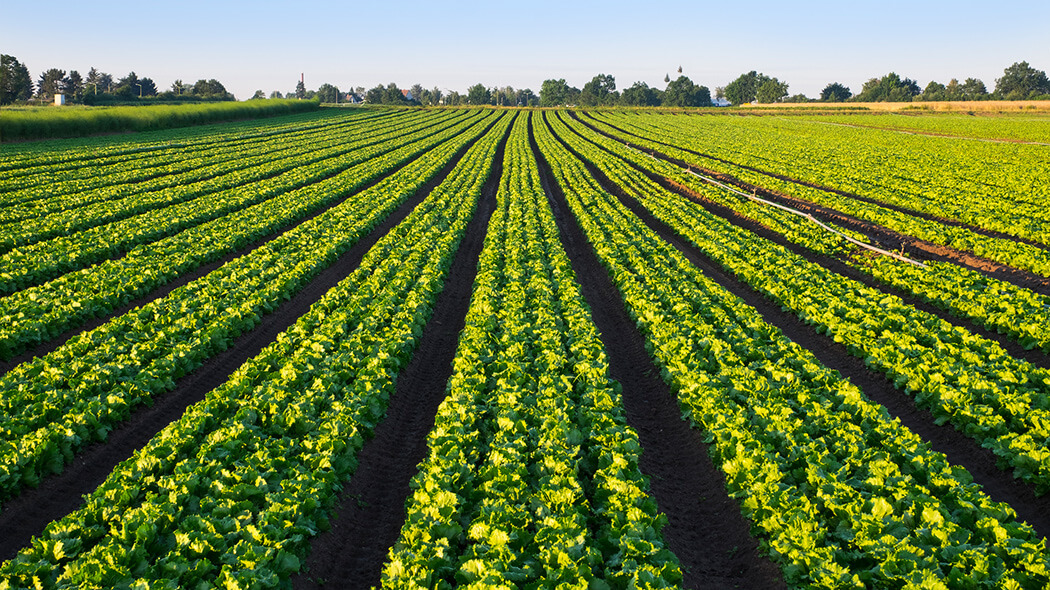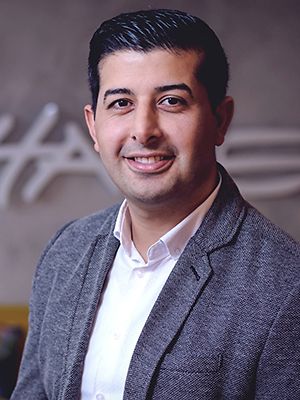Efficiency in Fields and Meadows: Autonomous Labor thanks to Precise Positioning
17.05.2022 by Ümit Günes

Field work and lawn mowing have more in common than working in the open air. Both are time-consuming, often monotonous and physically demanding, but they can also be automated by means of IoT and precise positioning.
Green, lush and about 30 to 50 mm high is how many people visualize the perfect lawn. But keeping the grass at this constant height takes time and is hard work, especially when it involves several hundred or even thousand square meters, as on golf courses, in parks or in green spaces. Automatic or robot lawnmowers can take over the task from human operatives, but they often have disadvantages of their own. As a rule, wires have to be laid in the ground so that the autonomous machines know where to work, and most robots will not mow in a clear pattern any more than robot vacuum cleaners do in the home – with the result that the lawn can look uneven or untidy. And in especially large areas conventional models come up against their limits and can only mow around 7,000 square meters per week. That is mainly because they do not follow a clear pattern and therefore work inefficiently. The Scottish company Kingdom Technologies has developed a solution to these challenges for its robot mowers, a solution that relies on the precise positioning technology of Telekom and its partner Swift Navigation.




